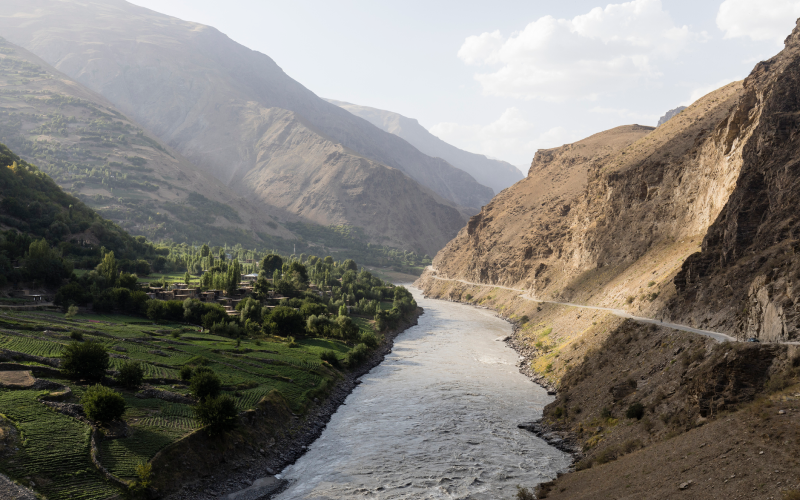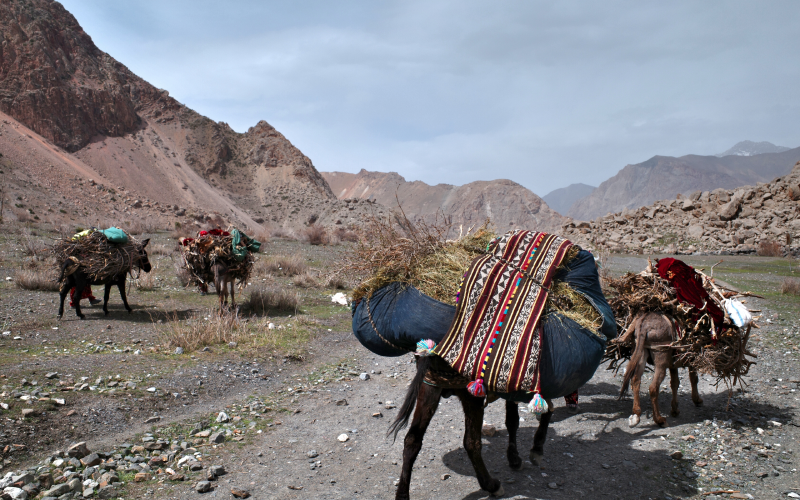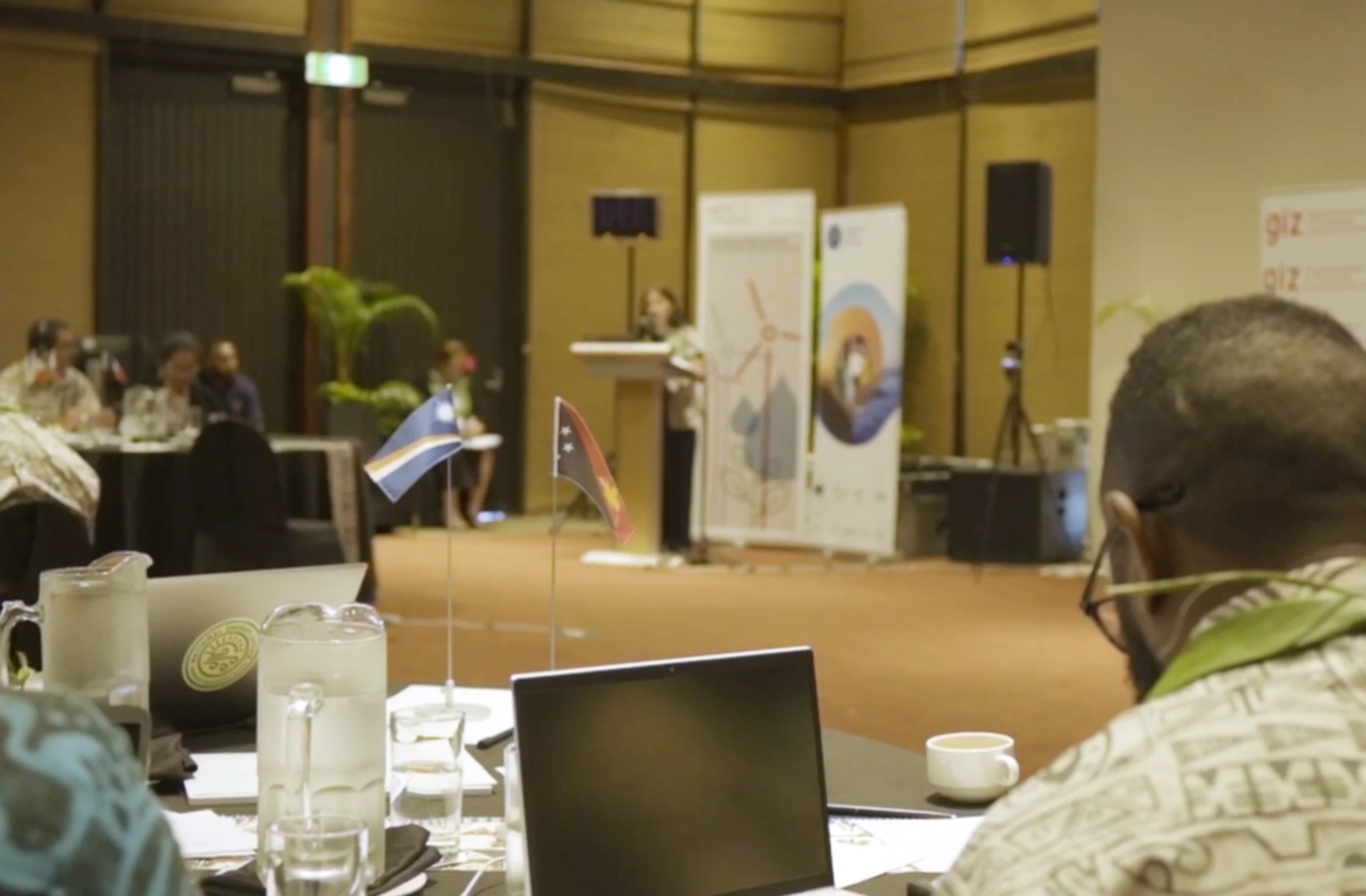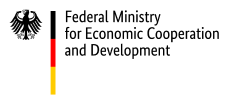More than 130 participants from NDC Partnership country members, Armenia, Azerbaijan, Georgia, Mongolia, Tajikistan, Kyrgyzstan, Uzbekistan, Kazakhstan and Turkmenistan were represented and shared successful means to advance inclusive climate financing and international investment for NDC implementation through a dedicated peer exchange session.
This was followed by a three-day needs-based financing workshop, featuring trainers from the Green Climate Fund and the Adaptation Fund. Participants brought a diverse set of climate-related experiences in Central Asia, influencing and informing climate policy and action throughout the region.
The workshop provided participants with tools and knowledge to identify and develop regional project ideas, including around critical themes like green bonds, early warning systems and disaster risk reduction, agriculture, forestry, and other land uses (AFOLU), and sustainable rural development focused on locally-led adaptation. Utilizing the insights shared by the trainers, the participants further refined these ideas by incorporating elements such as climate rationale, theory of change, safeguards requirements, and monitoring and evaluation frameworks with the expected next step of nurturing the project ideas in collaboration with interested partners.
Upwards of 50% of long-term emission reductions by 2030.
Tajikistan’s NDC Implementation Plan, supported by UNDP, presents a roadmap for mitigation and adaptation actions to achieve significant, long-term emission reductions — upwards of 50% of 1990 levels by 2030 — and increases the country’s resilience to climate change.
The Plan identifies nearly 100 mitigation and adaptation actions across numerous sectors, including energy, industrial process and use, agriculture, forestry, land use and waste.
It’s estimated that 7% of Tajikistan’s Gross Domestic Product will be required to finance all of the goals in the Implementation Plan.
As such, the Climate Finance Strategy, developed with support from the Asian Development Bank (ADB), serves to identify, mobilize, assess and scale up international climate finance to assist Tajikistan in achieving these targets.
Both policy instruments are expected to serve as comprehensive frameworks to spell out the country’s strategy for achieving its climate mitigation and adaptation targets by developing comprehensive recommendations to support the enabling environment for climate investments.
The plan recommends structural reforms needed to increase flows of finance for NDC investments which will also support scaling up of climate action in the future.
ADB's Principal Climate Change Specialist, Kate HughesBest Practices
Co-ordination
Establishing effective coordination mechanisms to foster cooperation among various ministries and stakeholders, ensuring a cohesive approach towards climate action. Similarly, coordination mechanisms between development partners are vital in aligning objectives and leveraging resources for sustainable development.
Monitoring
Establishing robust Monitoring, Reporting, and Verification (MRV) systems is essential for tracking progress and ensuring transparency in climate actions.
Capacity Development
Establishing robust Monitoring, Reporting, and Verification (MRV) systems is essential for tracking progress and ensuring transparency in climate actions.
Inclusion
Inclusivity and participation of all stakeholders are crucial for achieving comprehensive and sustainable solutions.
Climate Champions
Appointing climate envoys who champion the climate agenda, raise awareness, and mobilize political can significantly drive climate action.
Establishing inclusive multi-stakeholder processes and engaging with financiers are important steps. Additionally, creating programs and pipelines for prioritized projects, with capacity support as needed, streamlines the implementation and financing process.
Countries must consider decentralization, prioritize projects, and create programs and pipelines to access financing. Countries can effectively utilize resources and achieve their development and climate objectives by aligning with national priorities, employing a rigorous approach to project selection, and engaging stakeholders.
Conclusion
The Forum highlighted the crucial role of collaboration between governments and development partners in formulating effective and sustainable NDC investment plans. The success of these plans relies heavily on the combined efforts, resources, and expertise of all stakeholders involved.
By working together with governments from the planning stage, development partners can align their assistance with the priorities and needs of the countries they support. This synergy enhances the overall quality of investment plans and fosters a sense of ownership and commitment among all parties, laying the foundation for successful implementation.
The Republic of Tajikistan hopes that developed countries, United Nations structures, international and regional organizations, and influential financial institutions will continue to cooperate in the implementation of the Climate Finance Plan for the implementation of Tajikistan's NDCs.
Mr. Mavlodod Abdulkodir, CEP Deputy Chairman















